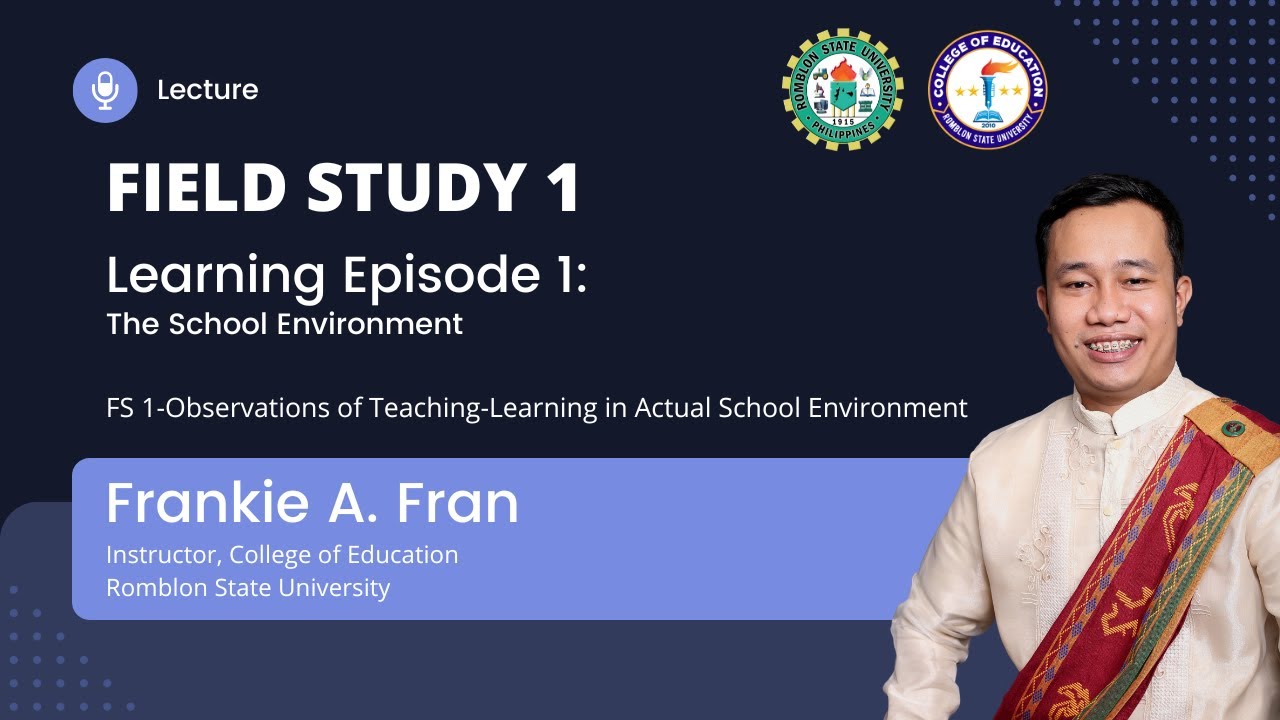How to CLASSIFY Living Things? - Argo's World | Diversity | STEM for Kids and Teens (Science)
Summary
TLDRIn this educational video, Dr. Linnius introduces viewers to the basics of taxonomy, explaining how all living things are categorized into plants, animals, fungi, and bacteria. The video explores the characteristics of various animal types, including amphibians, birds, fish, insects, mammals, and reptiles, detailing their unique traits like breathing methods, body structures, and reproductive processes. The segment also touches on microorganisms like fungi and bacteria, highlighting their role in health and sickness. The engaging narrative concludes with a brief mention of dinosaurs, sparking curiosity about life on Earth.
Takeaways
- 😀 Everything on the planet can be divided into living and non-living things.
- 😀 There are four categories of living things: plants, animals, fungi, and bacteria.
- 😀 Bacteria are the smallest living organisms, called microorganisms, and can only be seen under a microscope.
- 😀 Some bacteria are beneficial for health, while others can make you sick.
- 😀 Fungi are also microorganisms, including mold, yeast, and mushrooms.
- 😀 Animals are divided into six types: amphibians, birds, fish, insects, mammals, and reptiles.
- 😀 Amphibians can live on land and in water, absorbing oxygen through their skin while underwater.
- 😀 Birds have feathers, wings, and beaks. Not all birds can fly, like penguins and ostriches.
- 😀 Fish breathe underwater using gills and are covered in scales with fins for swimming.
- 😀 Insects have three pairs of legs, antennae, and bodies divided into three parts.
- 😀 Mammals give birth to live young and produce milk, though two mammals, the platypus and echidna, lay eggs.
Q & A
What are the four categories of living things mentioned in the script?
-The four categories of living things mentioned are plants, animals, fungi, and bacteria.
What is the definition of bacteria?
-Bacteria are the smallest living things, known as microorganisms because they can only be seen under a microscope. Some bacteria can be beneficial, while others can cause illness.
What is a fungi, and can you name a few examples?
-Fungi are microorganisms, like bacteria, and include mold, yeast, and mushrooms.
What are the six types of animals listed in the script?
-The six types of animals mentioned are amphibians, birds, fish, insects, mammals, and reptiles.
How do amphibians breathe differently when they're underwater?
-Amphibians breathe like other animals on land, but when underwater, they absorb oxygen through their skin.
What are some unique features of birds?
-Birds have feathers, wings, beaks, and can typically fly, though some birds like penguins and ostriches can't.
How do fish breathe and move in the water?
-Fish breathe underwater through their gills and have fins to help them propel through the water.
What are the main characteristics of insects?
-Insects have three pairs of legs, a pair of feelers (antennae), and their bodies are divided into three parts.
What distinguishes mammals from other animal types?
-Mammals typically have hair or fur, give birth to live young, and produce milk to feed their young. Some mammals, like dolphins, don’t have visible hair.
Do reptiles lay eggs, and are there exceptions to this?
-Yes, most reptiles lay eggs, but there are exceptions such as viviparous snakes (like boa constrictors and green anacondas) that give birth to live young.
Outlines

このセクションは有料ユーザー限定です。 アクセスするには、アップグレードをお願いします。
今すぐアップグレードMindmap

このセクションは有料ユーザー限定です。 アクセスするには、アップグレードをお願いします。
今すぐアップグレードKeywords

このセクションは有料ユーザー限定です。 アクセスするには、アップグレードをお願いします。
今すぐアップグレードHighlights

このセクションは有料ユーザー限定です。 アクセスするには、アップグレードをお願いします。
今すぐアップグレードTranscripts

このセクションは有料ユーザー限定です。 アクセスするには、アップグレードをお願いします。
今すぐアップグレード関連動画をさらに表示

Should Letter Grades Be Abandoned?

Administrasi Sarana & Prasarana

Plato, Crito | Crito's Arguments with Socrates | Philosophy Core Concepts

Field Study 1-Learning Episode 1: The School Environment

Japan's Education System

Chemistry Lesson: Molecular, Complete Ionic & Net Ionic Equations

Primary Hemostasis | Physiology, Pathophysiology, and Pharmacology
5.0 / 5 (0 votes)
